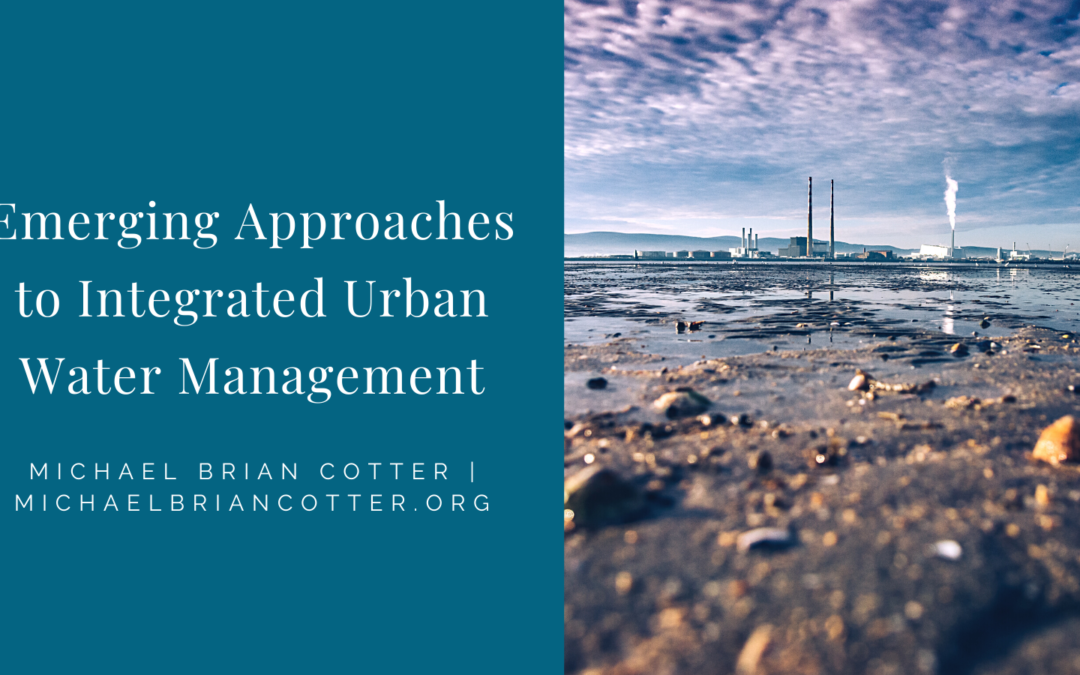With climate change being on the forefront of everyone’s mind in the wake of rapid urbanization, water scarcity is a real challenge that we need to address. Luckily, Integrated Urban Water Management is something that can help. This approach looks at the different ways you can change the water cycle, changing how water is used and opening the availability of natural outlooks for water and wastewater treatment. Today, we will be talking about the different steps that you can use to implement Integrated Urban Water Management into your lives.
Step One: Identify the Challenges that You May Have
Integrated Urban Water Management’s goal is to shift from managing water systems from an isolated approach to a more integrated approach. Unfortunately, as a water manager, you may find yourself hitting obstacles in your path. These areas could include:
- Legislation and regulations
- Economics and finance
- Planning and collaboration
- Culture and Capacity
- Citizen Engagement
Acknowledging these problem areas is an essential part of successfully implementing Integrated Urban Water Management in your area.
Step Two: Work on Solutions to The Problems You Face
After identifying the problems you may have, it’s essential that you work to try and solve them. By looking at possible solutions, a manager can present them to the stakeholders, advocating for the benefit of the Integrated Urban Water Management System. Communication is an absolutely necessary part of working on solutions. Using good communication and teamwork, urban planners can do things like overcome fragmented legislation and regulations that may very well be keeping you from implementing the IUWM in the first place.
Step Three: Have the Right Tools
You want to have a good number of tools in your toolbelt when looking to implement IUWM. Non-technical tools may look like publications that support your practices or guidebooks explaining how best to adapt to climate change. You may have technical tools like rainfall tracking dashboards, water data portals, or integrated water modeling platforms. Integrated water modeling platforms are an absolutely essential part that can help model and manage all the water systems you’re overseeing without having to switch between different platforms.
Step Four: Implement the Strategy
Once you have everything established, it’s time to implement the strategy. One way to do this as smoothly as possible is to consider a couple of questions:
- Are there things that need to be signed off by other stakeholders?
- Does a new standard operating procedure need to be drafted?
- Who is responsible for what stage in the implementation process?
- How often should your group get together to track progress?
Step Five: Assess and Adapt
An indicator may be of great use to an urban water professional when assessing how well the Integrated Urban Water Management strategy is working. An Indicator is defined as any quantitative or qualitative measure whose purpose is to determine a process’s performance in relation to a corresponding benchmark. These are commonly used in water resources to track processes of variables over time to ensure overall compliance with the standards that come with it. These standards include water quality and the economic performance of water utilities.
